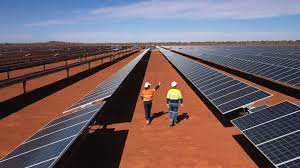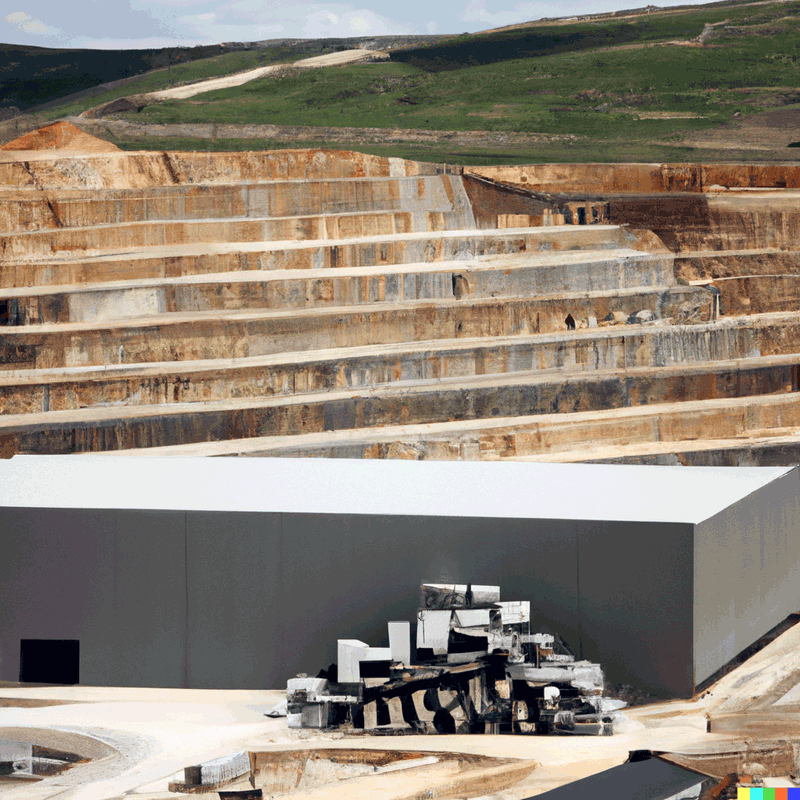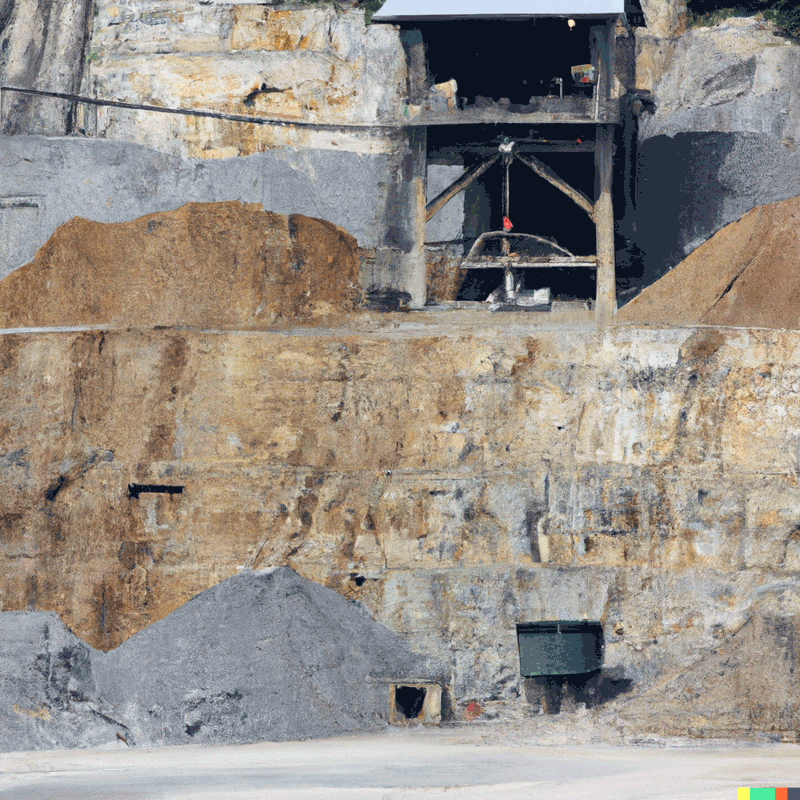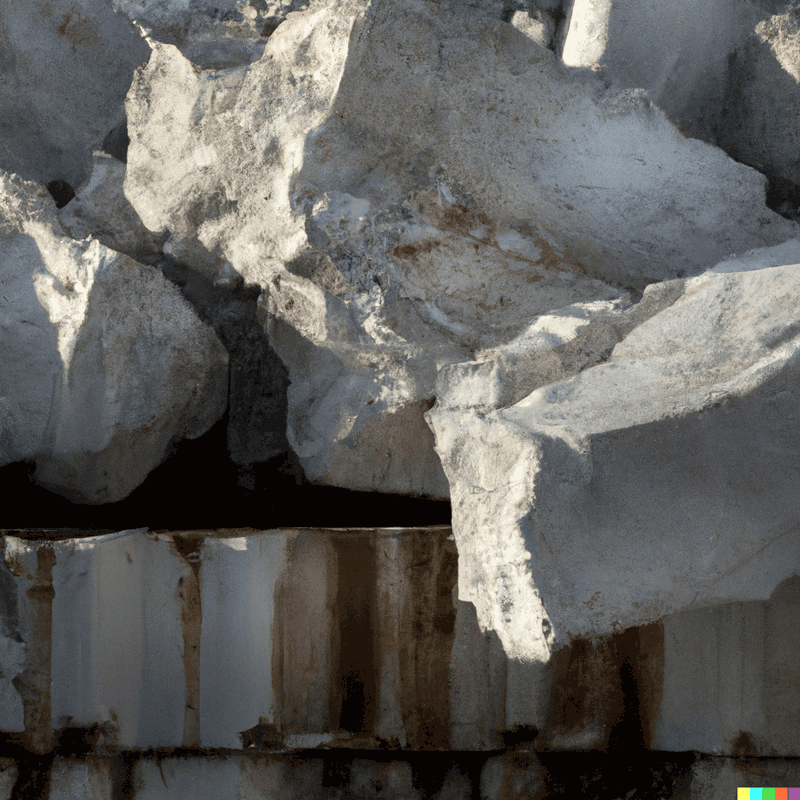Rio Tinto announced on Wednesday a power purchase agreement to source electricity from a new solar farm in Queensland, as part of its commitment to environmentally sustainable practices for its aluminum operations on the east coast of Australia. The company aims to reduce its direct and indirect emissions by 50% by 2030.
Under a 25-year agreement with green energy firm European Energy Australia, Rio Tinto will purchase power from the upcoming 1.1-gigawatt Upper Calliope solar farm, expected to become the largest in the country upon completion.
Once operational, the solar farm has the potential to reduce Rio’s carbon emissions by 1.8 million tonnes annually. Rio Tinto currently ranks as Australia’s 10th largest emitter, with approximately two-thirds of its reported 2022 emissions of 30.3 million tonnes CO2 equivalent originating from its aluminum division.
Construction of the Upper Calliope solar farm is slated to commence in 2025 or 2026, with the facility situated about 50 kilometers southwest of Gladstone. The solar power agreement is also anticipated to contribute to the repowering of Rio’s three production assets in Gladstone: the Boyne aluminum smelter, Yarwun alumina refinery, and Queensland Alumina refinery.
Rio Tinto had previously sought proposals in June 2022 for the development of wind and solar energy plants in Queensland to supply power to three aluminum projects by 2030. The Upper Calliope project is the initial successful applicant resulting from Rio’s formal request for renewable power and firming projects in Central and Southern Queensland.










